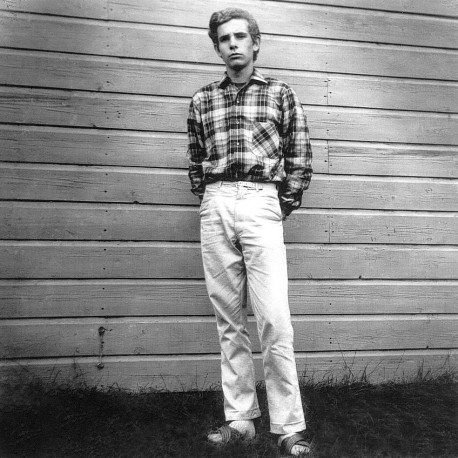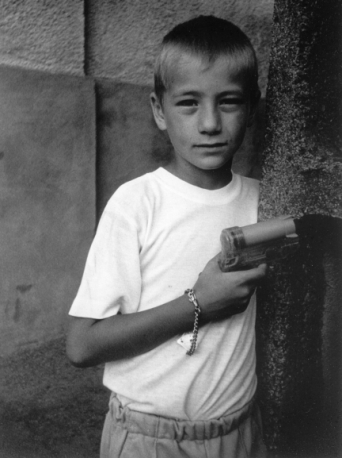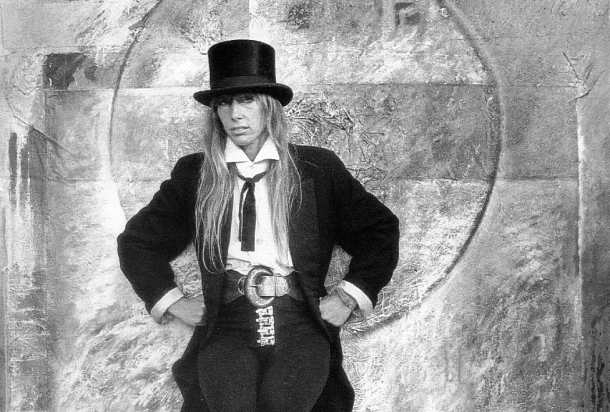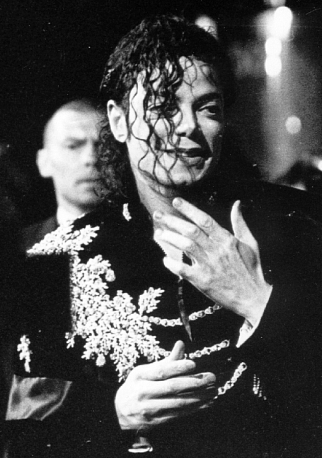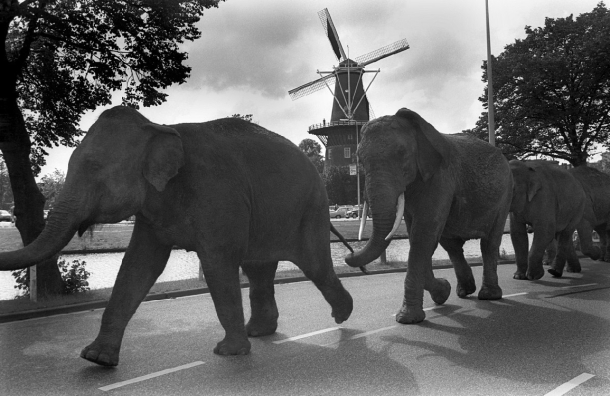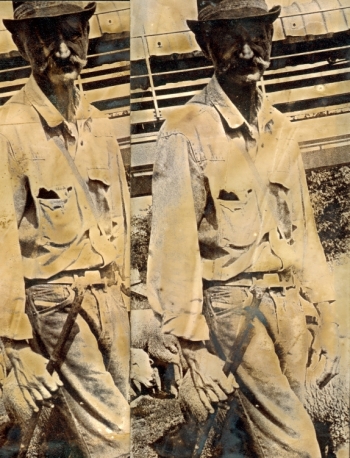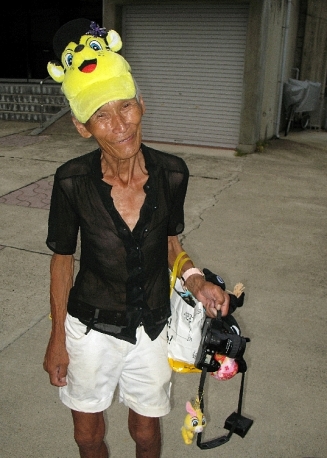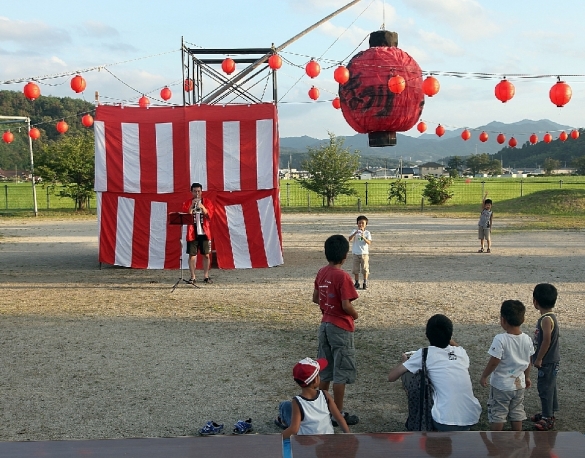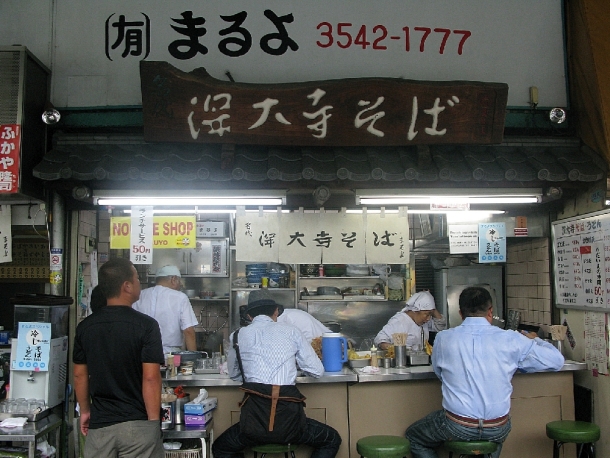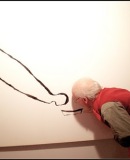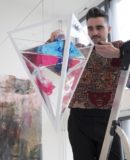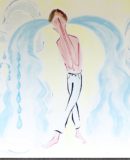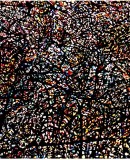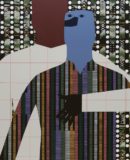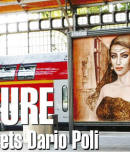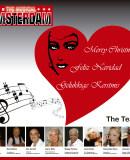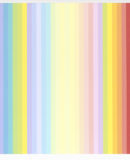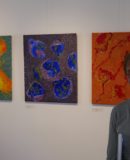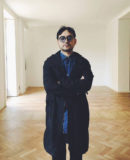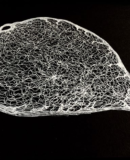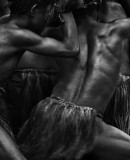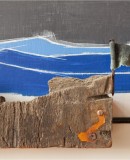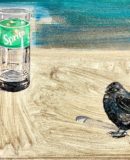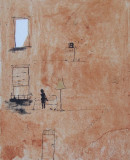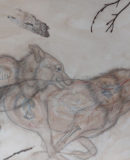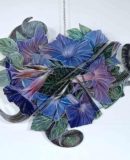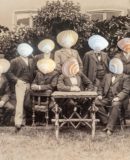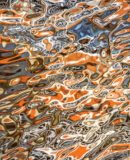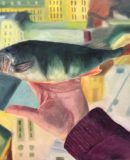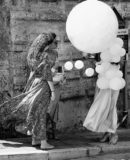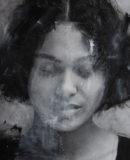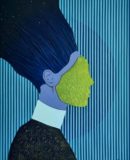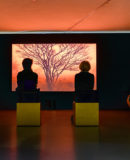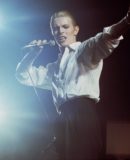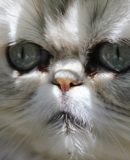World Fine Art Professionals and their Key-Pieces, 21 – Fred Rohde
World Fine Art Professionals and their Key-Pieces, 21 – Fred Rohde
“The Trumpeter” he considers to be his best shot. It was taken in Japan during the Obon Festival. At this annual event, the spirits of the ancestors return to earth to meet their relatives. In order to point the spirits in the right direction lanterns are hung in front of the houses.
In the photograph we see several red lanterns, one of them is a giant one.
Rohde: ‘For a street picture it has so many aspects. It does not shout, but it is quiet. The boy – the protagonist – imitates the adult trumpeter who stands in the shade in front of a marquee. The other children in the picture are looking at the boy. The boy stands in the center, in the light. He has a lot of fun.’
50 years photographer
Every time Fred Rohde explains the photograph he sees something new. ‘Right in the back you see a child with an orange ball. In the foreground you can see a reflection in two tables. You see a beautiful red line vertically and horizontally. To the left is the serious world of adults, right the playful world of children. The there is a pair of blue sneakers. The picture is not unequivocal, you can let your mind go; you can let your thoughts dwell on it.’
This year Fred Rohde celebrates being a photographer for 50 years. He also turned 65. He looks back on his work with a large number of events in . The largest of these was the retrospective at the Leiden Art Society Ars Aemula Naturae.
We see childhood photos: the photos in the city park in Bochum, Germany, at the Cannes Film Festival, in the Hungarian village Tállya, in Romanian Maramures, the meeting with artist Molly Ackerman, tattoo pictures, St. Petersburg, Japanese pictures of Hiroshima, Kyoto and Tokyo and the “wall of fame” with the Dutch rock star Herman Brood and Michael Jackson.
Research
The bulk of the work is documentary. ‘I want to do research in my own surroundings. I use the camera for that. It is a form of communication. I collect information and try to communicate this in the best possible way. What strikes me? What do I or others find interesting? In that sense I am like a journalist who goes out to gather and process information for an article.
That suits me. Passing on what you learned yourself to another person. I am also a teacher of mathematics. I have written many articles, for example, one was about tattoos for some magazines.’
Besides the environment Rohde’s research also extends to photography itself. ‘What is the influence of the size, the influence of the paper, the contrast in the photo, the composition, the type of camera you use, the lenses, the ‘grain’, printing. In black and white photography you are concerned with these things. I experimented a lot. In my color photography this is less prominent.’
In black and white photography, you are also more physically active. You do all kinds of everything in the dark room. This is more demanding, especially when finishing the picture. In digital photography, your body is more inert, because you sit at your computer.
The colors of Sparta
In 1999 Fred Rohde was invited to attend an artist’s camp, with his wife Molly Akkerman in Tállya, Hungary. ‘I brought with me a big brown suitcase with all my photo gear.’ In addition to having his dark room he had a LOMO camera that he preferred to use, in this setting, to his SLR camera. ‘It was the right camera in an Eastern European village.’
Rohde’s research is not only a study of the environment and photography itself; it is also an investigation of himself. ‘In the trumpeter I recognize the discreet little boy in my elementary school in Rotterdam who was suddenly playing the Last Post in the church. The red and white blocks of the tent remind me of the colors of Sparta, my favorite soccer club.’
‘These are inner images, archetypes, which I recognize in the outside world. Images that take shape. I do not ‘find’ them anywhere. The images are ‘in’ me. I do not take the pictures but the pictures take me. In that sense I do not go looking for images, the images are looking for me when I happen to be somewhere. Basically, I could shoot anywhere, but I don’t, unless I receive an internal command.’
Hiroshima
He can walk around with a camera for hours without shooting. ‘All of a sudden something triggers me, and unconsciously, I will start shooting. Then I get into a groove. You simply have to shoot. Those images want to exist. I give existence to them. It’s a shame if interesting images vanish because no one captures them.’
His photography also has a political component. ‘Those pictures of Hiroshima also have to do with the Second World War here in The Netherlands. I heard stories about the war at home constantly. Terrible stories. My father’s house was in Kralingen / Rotterdam, the Germans had bombed it. In one swoop, he lost everything. The trauma of the bombing and the war is deeply rooted in many people. Some Dutch do not want to see my Japanese pictures. They think I take sides with the enemy.’
‘I want to take pictures, whatever the consequences. I do not come from the elite, the street and what goes on there, is my world. In the world of tattoos there are many talented artists, it’s a whole different world. Photography connects all walks of life; lawyers, road workers, journalists, nurses, professors and even members of the Royal Family. It is a universe, everyone is connected, there is no subculture.’
Survival
‘I saved all my pictures, an estimated 100.000 negatives and digital recordings. There is only one colour roll I have not kept. This I regret. These were pictures with young students from the Royal Conservatory in The Hague. Dutch serial killer, Koos H, killed one of them. Shortly before this happened I gave the roll to the conservatory to print it for the pupils. I never got it back.
Everything can ever be of interest. The images live on and I live on through these images. I live on with my own story. My retrospective is the story of my pictures, but also of my own life. The images are autonomous and in addition they represent me. An artist lives on in his work . I do everything to bring my images to the world.’
www.facebook.com/FredRohdePhotographer
www.overdekunst.nl/fotografie/fred-rohde-57.html
http://ifthenisnow.nl/nl/verhalen/world-fine-art-professionals-and-their-key-pieces-21-fred-rohde
Disclaimer: The views, opinions and positions expressed within this guest article are those of the author Walter van Teeffelen alone and do not represent those of the Marbella Marbella website. The accuracy, completeness and validity of any statements made within this article are not guaranteed. We accept no liability for any errors, omissions or representations. The copyright of this content belongs to Walter van Teeffelen and any liability with regards to infringement of intellectual property rights remains with the author.

